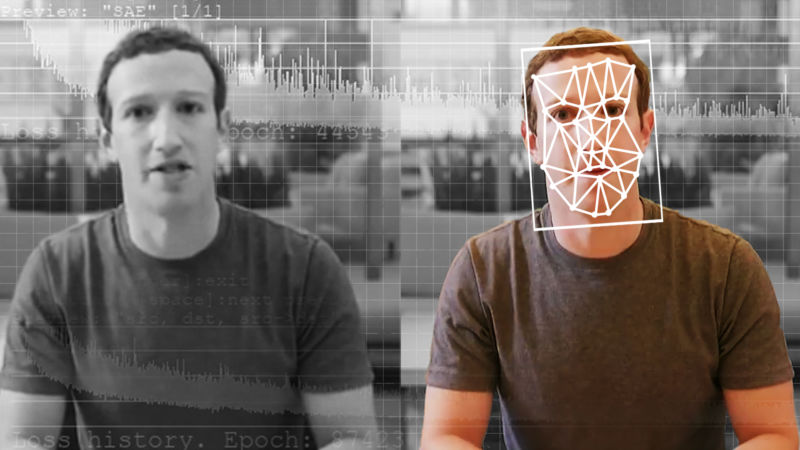
Deepfakes aren’t very good—nor are the tools to detect them
Winning algorithm from a Facebook-led challenge missed one-third of altered videos. …

reader comments
48 with 34 posters participating
We’re lucky that deepfake videos aren’t a big problem yet. The best deepfake detector to emerge from a major Facebook-led effort to combat the altered videos would only catch about two-thirds of them.
In September, as speculation about the danger of deepfakes grew, Facebook challenged artificial intelligence wizards to develop techniques for detecting deepfake videos. In January, the company also banned deepfakes used to spread misinformation.
Facebook’s Deepfake Detection Challenge, in collaboration with Microsoft, Amazon Web Services, and the Partnership on AI, was run through Kaggle, a platform for coding contests that is owned by Google. It provided a vast collection of face-swap videos: 100,000 deepfake clips, created by Facebook using paid actors, on which entrants tested their detection algorithms. The project attracted more than 2,000 participants from industry and academia, and it generated more than 35,000 deepfake detection models.
 The best model to emerge from the contest detected deepfakes from Facebook’s collection just over 82 percent of the time. But when that algorithm was tested against a set of previously unseen deepfakes, its performance dropped to a little over 65 percent.
The best model to emerge from the contest detected deepfakes from Facebook’s collection just over 82 percent of the time. But when that algorithm was tested against a set of previously unseen deepfakes, its performance dropped to a little over 65 percent.
“It’s all fine and good for helping human moderators, but it’s obviously not even close to the level of accuracy that you need,” says Hany Farid, a professor at UC Berkeley and an authority on digital forensics, who is familiar with the Facebook-led project. “You
Continue reading – Article source




